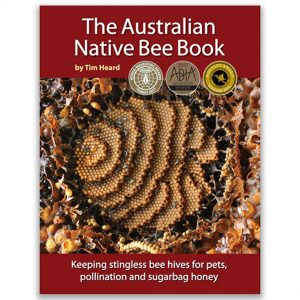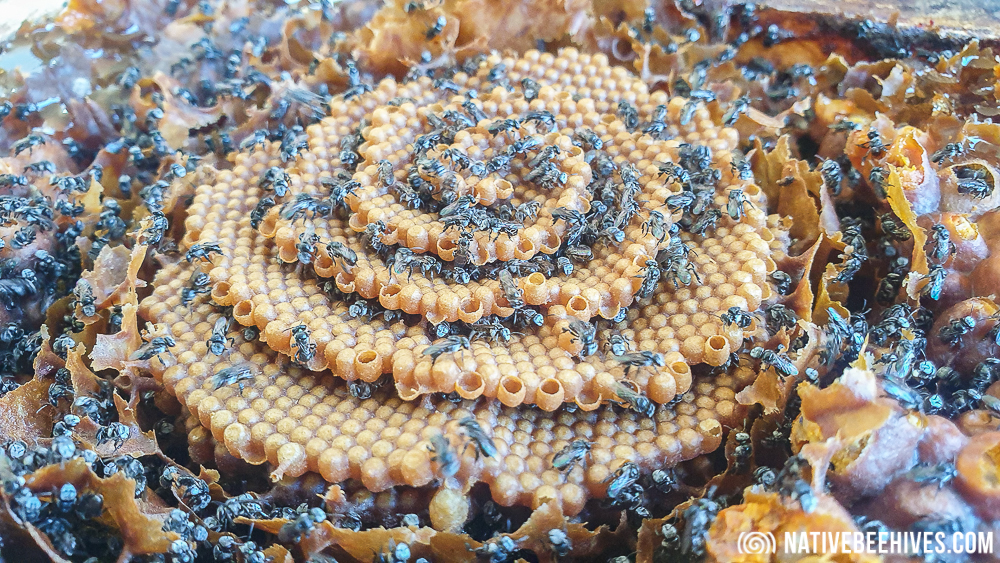Native Solitary Bees
- There’s approximately 1650 described species in Australia. Most of those are solitary bees and then most of those are ground nesting.
- You can’t buy solitary bees but you can naturally attract them to your property by providing habitat.
- Hotels like drilled blocks of wood and bamboo provide great homes for solitary bees like resin bees and leaf cutter bees.
- Solitary bees like Blue Banded and Teddy Bear Bees are ground nesting and wont use Bee Hotels.
Native Stingless Bees - Social Bees
Out of the 1650 species of native bees in Australia there’s only 11 described species of “social stingless bees”.
I breed two species of “social stingless bees” – Tetragonula carbonaria and Tetragonula hockingsi which can be kept in many areas in Queensland eg. North Brisbane, Everton Hills, Caboolture, Moreton Bay, Capalaba, Redland Bay, Virginia, Boondall, Redcliffe, Sandgate, Mt Gravatt. I recommend T. carbonaria for the Gold Coast and south to Sydney. T.hockingsi are better suited from Brisbane and north.
Stingless Bee Box FAQs
- Empty boxes are intended for people that already have colonies and want to split, educt or transfer.
- Avoid buying empty boxes and then trying to attract bees to it. It’s very unlikely that will happen.
- Native Stingless Bees always come in a box when you purchase the colony of bees.
- If you already have an empty box you can still use it to split the hive when you get one in the future.
- If you already have an empty box and no bees, you may be able to find someone to transfer a colony in to the box for you.
- All boxes need a good roof to keep off the rain and provide some shade. Timber is a natural product that degrades over time if exposed to full weather conditions.
Hivecraft Guarantee for live colonies
- 12 month guarantee. Return box to Hivecraft for replacement.
- Guarantee covers normal circumstances – failure to requeen, weakening of colony and dieing out.
- Not covered if box has been opened, split, educted or budded, flooded with water, overheated in 40 degree heat, placed out of the species natural region, poisoned, painted, oiled.
Important for new colony owners
- Roof: All hive boxes need a good roof to protect against the sun and rain.
- Position: Stingless bees will die if they get too hot in summer so make sure they get plenty of shade, and they can decline and die out if they get long periods of cold so make sure they get plenty of sun in winter.
- Resources: Work on increasing resources for the bees – flowers for pollen and nectar.
- Pests: Learn about two main pests that pose a threat to your native bee colony – Syrphid Fly and Phorid Fly







